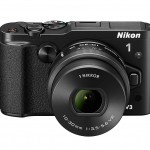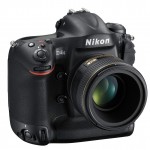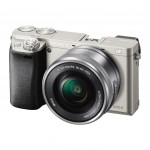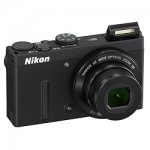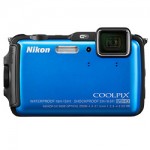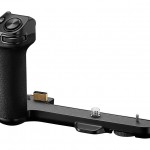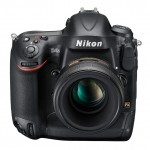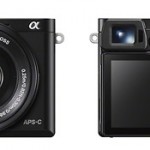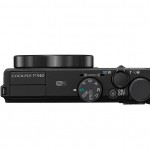There have been several posts and questions about the differing results of scanning (prints, flatbeds, dedicated, etc.).
Here are some samples for direct comparison.
The first image, the three-up composite, has from top to bottom, a direct negative scanned image at 1200dpi, the second image is a glassless scan at 300dpi Continuous tone print on KODAK Digital Royal Paper, and the third is the same 4"x6" print scanned at 300dpi on conventional desktop flatbed. None are color corrected other than the direct negative scan has been appropriately converted to the 'standard' for this film. The film is FUJI 400 X-Superia. Partly cloudy. 160th at f/11.
The 1200dpi scan of the of the negative and the 300dpi scans of the print produce images almost identical in size. They come in at around 1800x1200 pixels. The negative is a little different sized as when you print with a lab printer they 'enlarge' just slightly and crop the photo to make sure there's no border that gets printed.
300dpi generally exceeds the resolution of Continuous tone paper by a 10-20% margin so it captures all the available detail.
The three full size crops should be obvious as to which is which with the 3-up as a reference. Please note that the negative has a scratch which the resolution of the print doesn't resolve. Also the dynamic range in the Lab 'muddies' much detail in the boarded up windows and doors.
No sharpening has been applied to the negative, the parameter on the printer (a KODAK model) for sharpening is minimized, though I've never been convinced it is ever 'OFF'. I'll reprint this on Fuji Paper (when it gets delivered) if anyone wants to see the difference, though I can tell you other than tone, it will look very similar. You can see though, that the negative is much clearer and cleaner.
The biggest difference here is that without correction the flatbed desktop scanner shifts the whole photos color. The KODAK paper is 'warmer' than I usually like without a lot of correction, but it does display the 'difference' that is inherent, even with calibration with RA type paper.
I'll do some more of these including B/W and the summer progresses. Prints from slides also are an interesting difference as chrome has a wider color gamut than paper can easily reproduce.
B/W film of course has a much wider range than any paper can truly resolve. More on that later!!




 LinkBack URL
LinkBack URL About LinkBacks
About LinkBacks
 Reply With Quote
Reply With Quote

